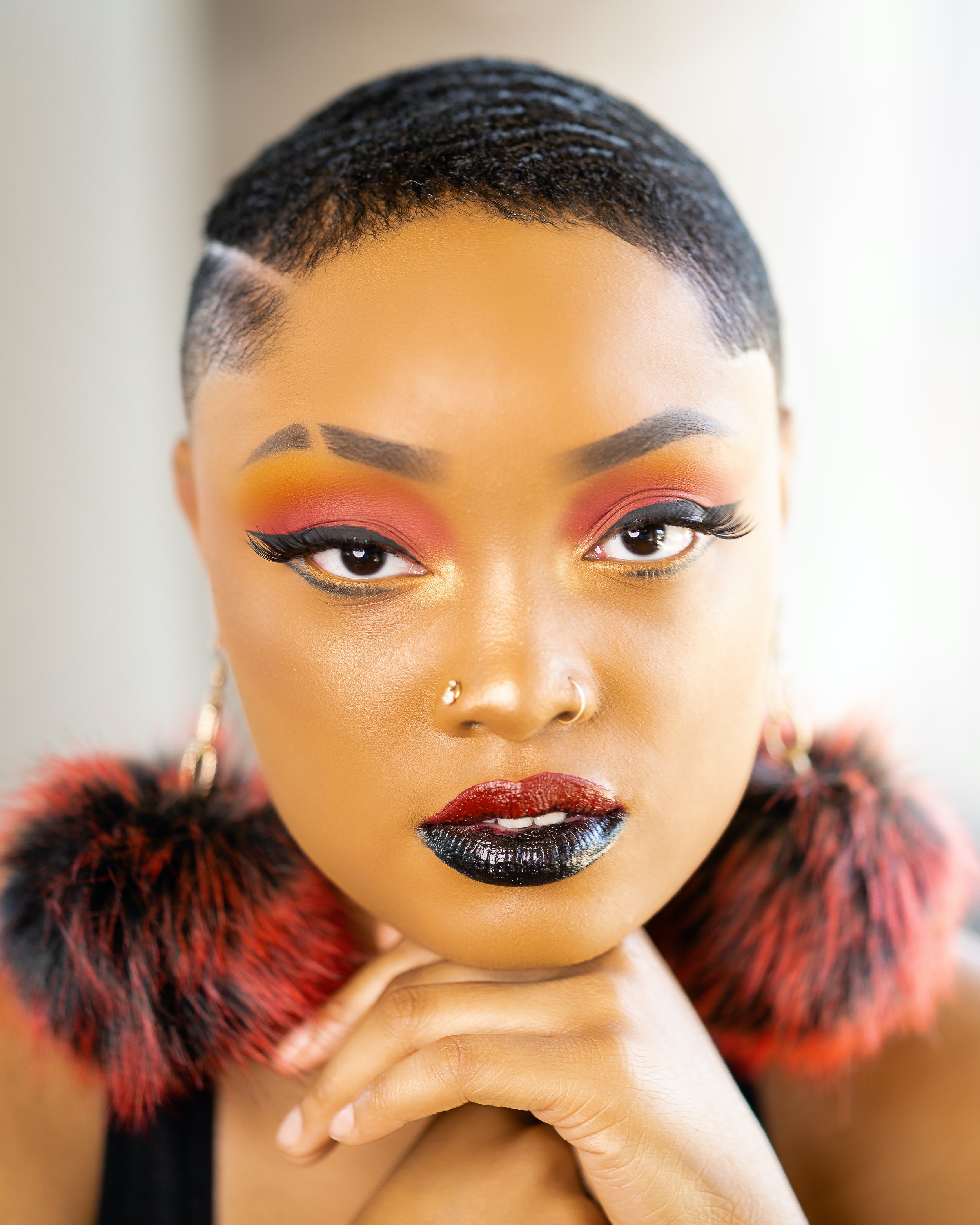Introduction:
Taking self-portraits is an excellent way to express your creativity and document your personal journey, but it can also be challenging. At Echo Alpha Media, we appreciate the skill and artistry involved in self-portraiture and want to help you refine your techniques. This blog post will explore practical tips on how to take better self-portraits that truly express who you are.
Use a Tripod and a Remote:
A tripod will keep your camera steady, and a remote will allow you to trigger the shutter without having to run back and forth between poses. A camera with a built-in timer can also be helpful, giving you a few seconds to get into position before the shot is taken.
Experiment with Lighting:
Lighting can make or break a portrait, so don't be afraid to experiment. Natural light, artificial light, and even the golden light of sunrise or sunset can provide unique effects and moods. Be mindful of how the light interacts with your face - different angles can dramatically alter the mood and look of the portrait.
Compose with Purpose:
Use the rules of composition to your advantage - the rule of thirds, leading lines, and framing can all add interest to your self-portraits. Don't feel you have to always be in the center of the frame - sometimes an off-center composition can be more engaging.
Express Emotion:
One of the most compelling aspects of self-portraits is the ability to convey emotion. Think about what you want to express and let that emotion show in your expression, body language, and even in the setting and props you choose.
Experiment with Different Perspectives:
Break free from the standard head-on shot and experiment with different perspectives. Shoot from above, below, or from the side to add variety and intrigue to your self-portraits.
Post-Processing is Your Friend:
Use editing software to fine-tune your images post-shoot. Adjusting contrast, saturation, and brightness, or adding filters can drastically change the mood and quality of your self-portraits. Remember, however, that subtlety is key - it's easy to overdo it with post-processing.
Conclusion:
Taking a captivating self-portrait requires practice, creativity, and a touch of bravery. By leveraging these tips from Echo Alpha Media, you can improve your self-portrait skills and create images that tell your unique story. Remember, the most important aspect of self-portraits is authenticity - so be you, be bold, and have fun with it.





